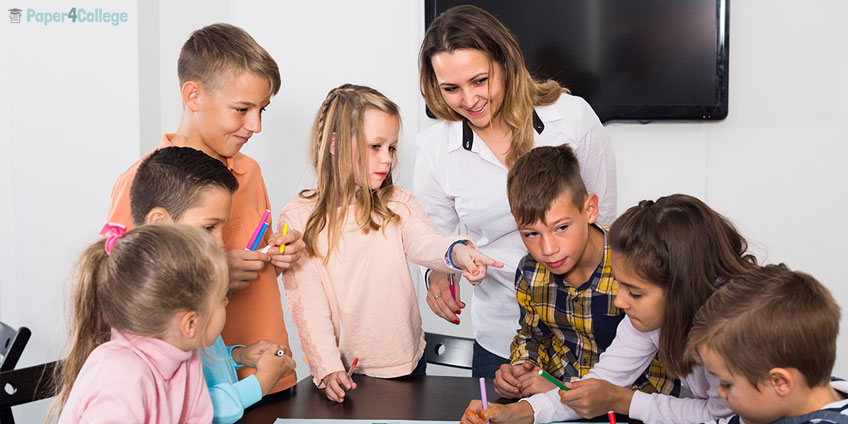Communication Between a Teacher and a Student: What You've Got to Remember

Today the role of a teacher is to be reconsidered. To tell the truth, it has been reconsidered for quite a while, but at least two different conceptions still exist in the mass consciousness of everyone: the first one is where the teacher’s role is to point at different ways of gaining knowledge, and not to impose anything, the role of so to say mediator between the world of ideas and real skills of students; and another one, though unbelievably outdated and rarely applicable to nowadays realia, where a teacher assumes the role of a demiurge and the success of education process relates directly to his or her competence, as the knowledge must flow smoothly from a teacher to a student.
Clearly, both of these approaches, if you call them this way, not just have some visible flaws, but drastically oversimplify education process itself. As a result, different misunderstandings happen in teacher-student communication. Yes, that’s right, the echo of this goes far beyond some harmless pseudoexpert talks. So, the question is what occurs exactly and how to bridge this gap in communication.
- When students themselves or their parents hold some specific hopes when it comes to learning, or happen to be proponents of a certain method or approach in teaching without having some relevant background knowledge (whatever it might be) for such a sphere, disappointment arrives rather sooner than later. Unfortunately, in such cases, it’s basically beyond the problematic of teaching, instead, it has more to do with the false picture people create for themselves in advance.
- As an extension of this case, sometimes friends or relatives offer some courses in a brand new language school without even taking the slightest interest which approach exactly it makes use of. Or the extent of knowledge about such a school (in that it uses the most “progressive approach”, for instance) turns out to be sufficient for them.
So, marketing does the trick as always.
- Discrepancies emerging during the very process: here reasons are numerous, and it doesn’t always come down to only one or even several factors. The problem may lie in a teacher’s personality, his or her favorite tricks or some kinks here and there. But, of course, students’ oddities are never to be ignored, and considering that students are often far from being adults who manage to control each and every emotion. Moreover, they are not always exemplary in their conduct; they are often the real generators of conflicts.
By and large, a teacher holds lots of responsibilities, and it’s rather fair that it’s up to a teacher to break the ice on a way to bridge the communication gap. So how in fact can it be repaired, and what strategies should a teacher employ?
- First, reproving someone off the reel may not be a good idea. Shutting one’s ear to first attempts of an arrogant student to provoke someone else, complemented sometimes by a distinct, but brief reaction can be a good solution. The question is whether this will be enough to stop the undesirable behavior.
- If not, a teacher must adjust the strategy to isolate a student in his or her behavior and deprive him or her of long-running waves of approval from his or her colleagues. The point is in devalorizing such behavior without leaving the limits of politeness, tolerance and perspicuity.
- That means that, in the end, a student has to feel awkward to continue doing what he or she does and the conflict may be over.
In brief, a teacher should be ready with some agenda or policy plan to face possible conflicts. This policy plan may vary, but more often than not it’s a list of different “if not”, where each next position corresponds to the next possible step in resolving the conflict when the previous one doesn’t function. Such an approach may, of course, have its drawbacks, and teachers are good psychologists to cope with finding a special solution for each case, but it’s always good to keep in mind some layered structure of dealing with conflicts.
